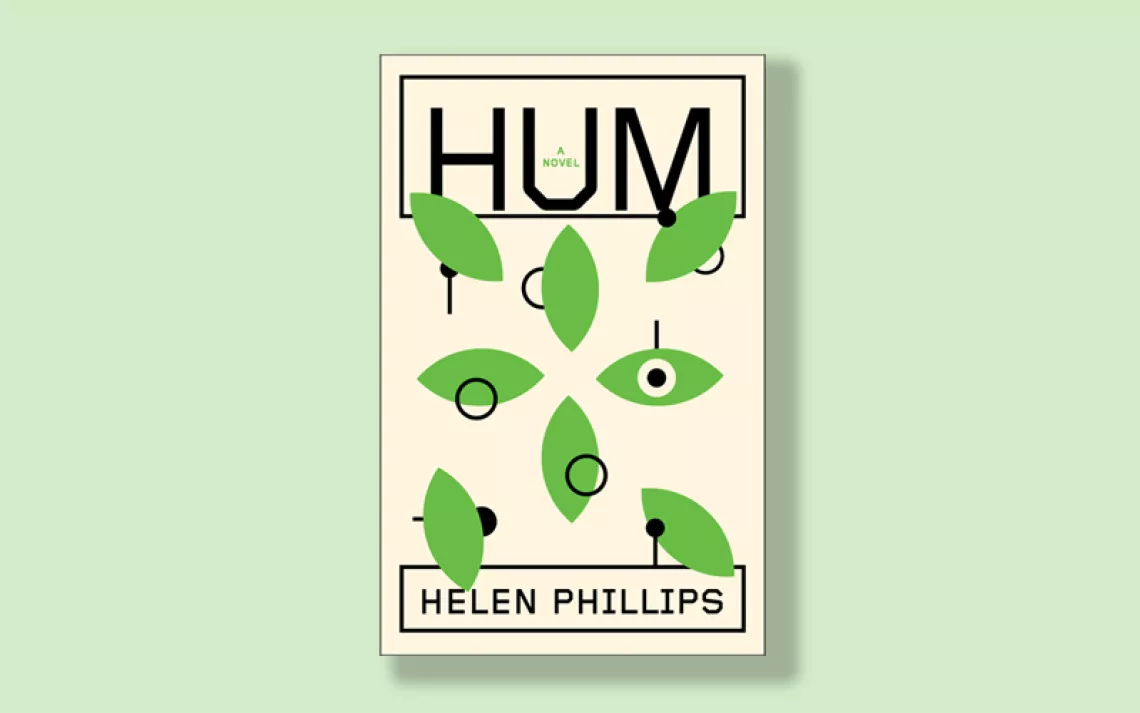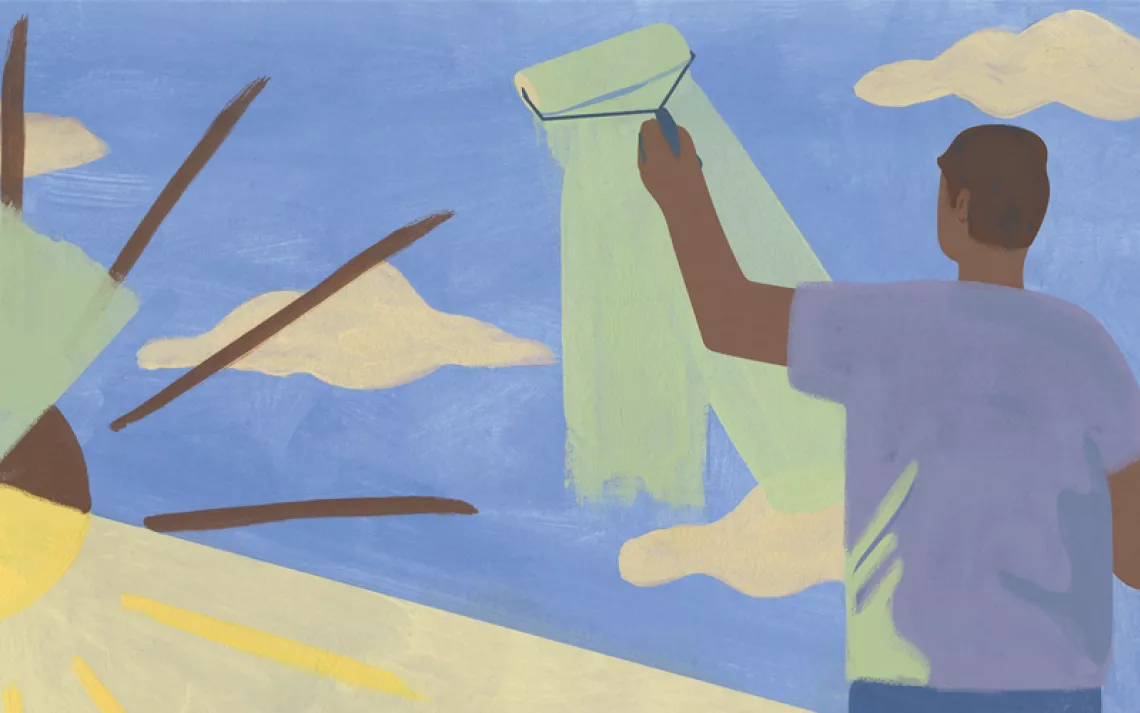How to See Our Species With the Big Picture
Ferris Jabr's "Becoming Earth" explores the planet as a living organism

When the British polymath James Lovelock posited the Gaia hypothesis in the 1970s—the idea that Earth as a whole is a vast organism—the scientific establishment dismissed it with disdain. In his debut book, Becoming Earth: How Our Planet Came to Life (Random House, 2024), science journalist Ferris Jabr convincingly shows that, in fact, the planet does have structures and rhythms similar to any other organism’s. “Life is Earth,” Jabr writes, “a stone that eats starlight and radiates song.”
Jabr takes readers on a planet-spanning tour of the lithosphere (Earth’s crust), the hydrosphere (its oceans), and the atmosphere (air and all the life it holds). A thousand feet below the surface of the planet, Jabr encounters ancient microbes suggesting the possibility that life helped create the continents. On top of a thousand-foot-high research tower in the Amazon rainforest, he surveys the phenomenon of “bioprecipitation” and illustrates how bacteria play an essential role in the formation of rain and snow. Jabr’s landscape descriptions and scientific explanations are poetic—“a cloud is Earth seeing its own breath”—and punctuated with thunderstorm-like downpours of ideas. Life, he writes, is “more spectral than categorical, more verb than noun.”
The notion that Earth is a living entity comes with a distressing corollary: The planet is “just as capable of dying as we are.” We humans are like tiny microbes and vast forests in that we also help mold this writhing ball of life floating in space; we are unlike them insofar as our intelligence allows us to see the whole. The Gaia hypothesis may help us better understand our unique role in preserving Earth’s well-being. “When we learn to see our species as part of a much larger life-form ... our responsibility to Earth becomes clearer than ever.”
 The Magazine of The Sierra Club
The Magazine of The Sierra Club



